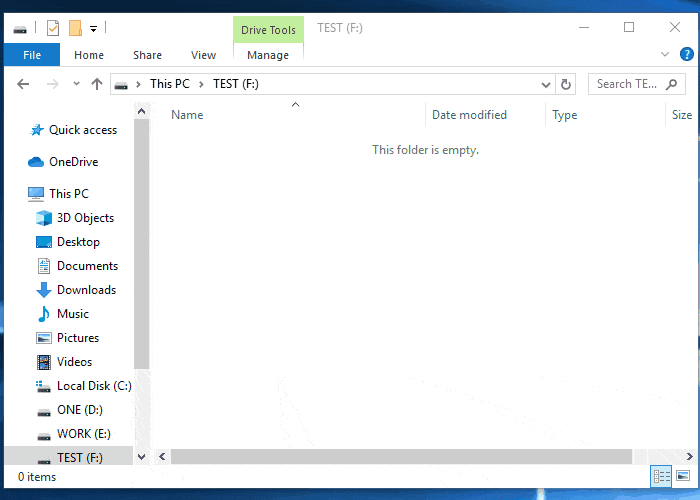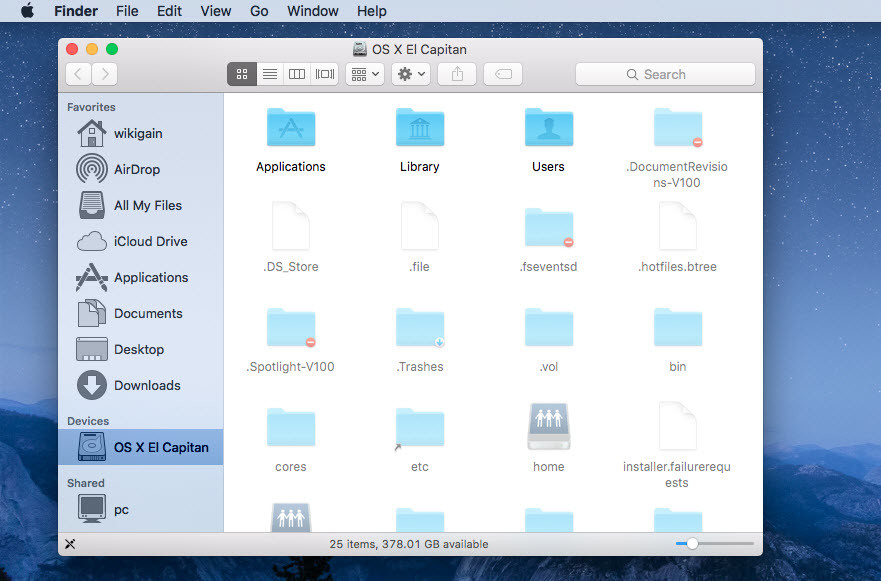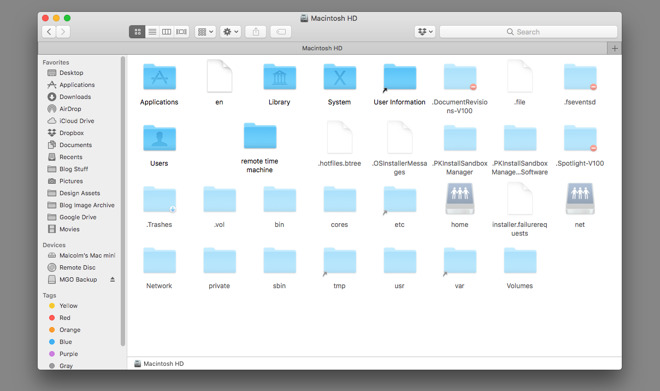

The hidden files will show up as translucent in the folder.Open the folder where you want to search hidden files.The first and easiest method is using Mac Finder to show hidden files: So, let's take a look at all the ways Mac can show hidden files. Apple offers quite a few ways to show the hidden files Mac has. However, if you need to access one of these files, don't worry. In other words, those hundreds of files are what helps your operating system run without a hitch. They're secluded for a reason - deleting, modifying, or moving one could seriously impair your macOS performance. But those files aren't made invisible just to keep your folders looking clean. The paths on the raspberry pi will differ.Your Mac has entire libraries and directories hidden away from view. The creation of these on network volumes can be disabled (if you use Terminal or an app like Secrets to set 'defaults write' values).Īsk if you want these explaining more - please verify the path to your shared disk inside /Volumes if you want help examining or altering those commands. These store finder window info (sizes icon sorting options etc). Viewing the invisible files & folders on the boot volume also encourages too much digging around too 🙂 I would seriously discourage this method, it's too easy to delete the wrong files when you are editing hundreds of files over a network in multiple folders. It is possible to show hidden files on OS X, however it is not very practical if you have more than a few folders to search through. The Pi server may also have the correct level of access too, since files shares can have permissions issues with many levels of directories mounted on other machines.


_\* -deleteĮither of those can be wrapped up in a shell script, Applescript or Automator action to make it easy to run in the future.Ī final option is to create a cron job on your server - frankly this is the best option - it can clean these files on a daily basis meaning you can forget about running it every time you get annoyed by them. Or just delete them via 'find' find /Volumes/Mounted-SMB-share -name. You have a few options to clean them out…Ī GUI app like Blueharvest (I haven't used this on network volumes).Ī Terminal command on OS X, (attempt to merge & delete the files) dot_clean -m /Volumes/Mounted-SMB-share The get info dialog shows some extended attributes, but not all of them.ĭeleting the files does lose this metadata. The files are created when OS X stores files on a filesystem that does not support extended attributes - things like Spotlight comments or the 'downloaded from' URLs that are added to files from the internet. OS X has a tool built in to clean these - it is a Terminal command

These are 'dot underbar' files or 'Apple double' files.
#Expose hidden files on boot drive mac os pro#
Is there a way, without using third party software that costs any money, to make these files visible within Finder so I can delete them from the network drive? They aren't a problem on my Macbook Pro so that's fine, I just want them off the network drive!Īny suggestions would be great, thanks 🙂 My dad can see all these files and just delete them manually, but we have a massive media library and it's a total pain to sift through and do that as it'll take forever! When deleting these files I noticed that the "dead" files always started with a "._" before the normal file name. I recently noticed that whenever I copied a file from my Macbook Pro onto that hard drive, XBMC would show two files that would appear exactly the same but one of them wouldn't play. I have hard drive attached to my router working as a NAS drive, which is my main source for a media library (XBMC) running on a Raspberry Pi. I'm no Terminal wizard so all these lines of commands with no explanation mean nothing to me, I'm hoping someone can explain a relatively simple (or copy and paste) command I can use! I've seen a number of discussions regarding this, but haven't found anything that has a straight forward, idiot proof method.


 0 kommentar(er)
0 kommentar(er)
